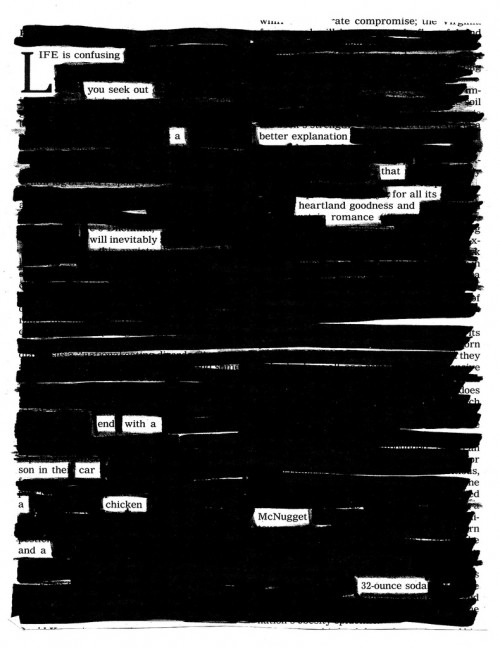
I’m still reeling from meeting Lynda Barry and soaking up a little bit of the crazy energy she exudes. (Best was that I got a nice e-mail from her, and the subject line was: KICK ASS DRAWING MAN!) I was reading an old interview from a while back, and somebody asked, “do you have any advice for young people?” And this was her answer.


